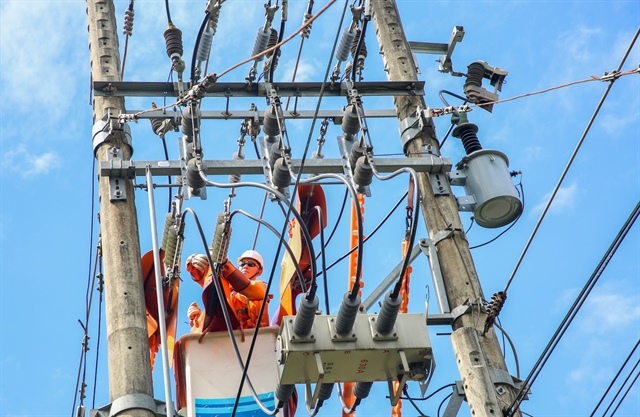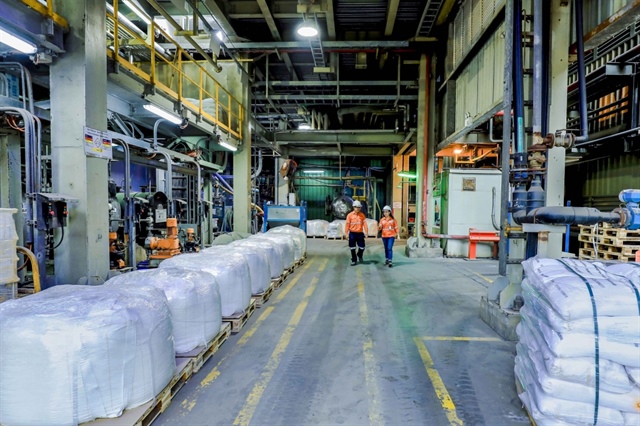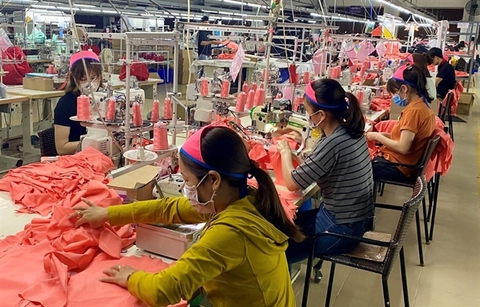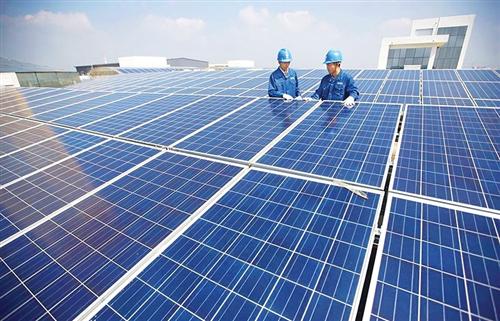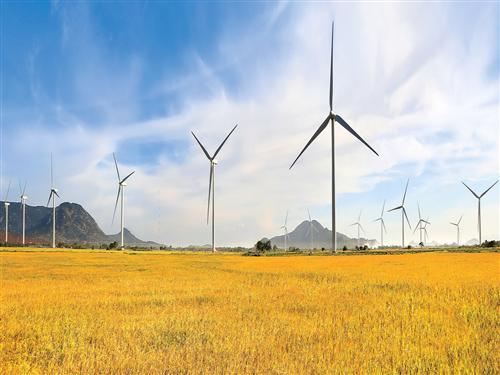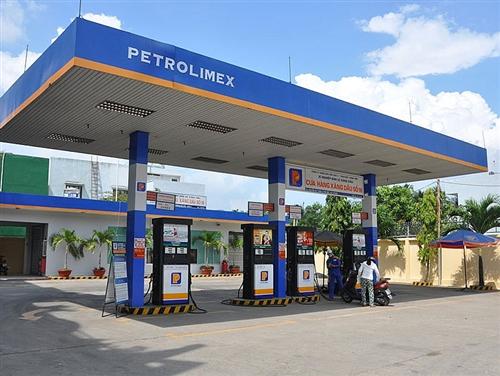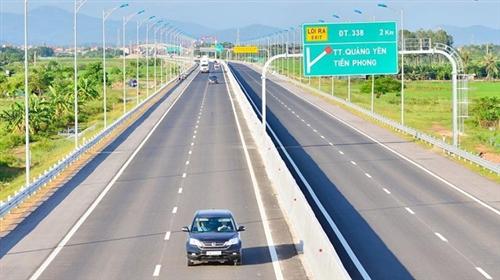Gradual but radical changes set to sweep pharmaceutical landscape
Gradual but radical changes set to sweep pharmaceutical landscape
The upcoming implementation of the EU-Vietnam Free Trade Agreement (EVFTA) is expected to transform the competitive landscape of Vietnam’s pharmaceutical and medical industry.

Phong Quach, Head of Strategy3 at Ipsos Vietnam
|
From the analysis of competitive situations, market players, and local market demand, we believe that radical transformation will be happening towards the Vietnam pharmaceutical market. The medical devices market is often in a few key players’ dominant position across multiple sectors, being consumables products such as hand sanitiser or medical devices such as medical imaging and surgical products.
Reviewing the EVFTA, we see minimal to no possible breakthrough changes or significant advantages in the landscape of the medical devices market for Vietnamese firms. Both pharmaceutical and medical devices markets are facing some inconsistent requirements in label management regarding original place of manufacturers and packaging locations that can affect the applied tax and origin identification, especially in medical device sectors.
Nevertheless, we expect that the Vietnamese government will soon resolve this problem in upcoming months towards the end of the third quarter, while preparing for the EVFTA implementation.
On another hand, the EVFTA will provide a breakthrough for EU pharmaceutical firms in Vietnam in particular areas regarding tenders, sales and marketing strategy, and value chain management. In our opinion, pharmaceutical tariff lifting will provide some minimal competitive edge for EU companies and Vietnamese companies.
EU’s most-favoured nation (MFN) tariffs for all exporters are already at zero so there is no additional benefits for tariffs in Vietnamese companies. Vietnam’s MFN tariffs for imported pharmaceuticals from the EU, accounting for 70 per cent of all pharmaceuticals that Vietnam committed to lift right at the implementation process, are also at zero at the moment.
However, the game-changer aspects lie within the commitment to prevent non-tariff barriers in Vietnam for EU firms. Reviewing the EVFTA, we conclude that the market landscape of pharmaceuticals will change gradually from the point of implementation relating to tenders, sales and marketing strategy, and distribution management.
For tenders, both at national level and at healthcare facility level, Vietnam committed to important aspects including transparency, fairness, and non-discrimination. Fair and non-discriminate actions can be an important lever for EU pharmaceutical firms.
For example, the Ministry of Health many times before expressed explicitly that pharma expenditure in the country’s healthcare system needs to be driven down so that the total healthcare burden is not too high, and some specific guidelines were also communicated to prioritise generic over branded products.
Throughout many of our research studies in Vietnam, we know that tenders at national level and at healthcare facilities adopt some restrictions for procurement of brand-name products that often come from the EU, for example a maximum 10 per cent of volume of the tender is for brand-name items, and the remaining percentage for other groups. With the EVFTA coming to force, we can imagine that EU pharmaceutical firms will have opportunities to make queries on certain tenders and bidding processes that they feel are not following EVFTA commitments.
Moreover, in the EVFTA, parties shall commit to provide a statement of reasons to inform the basis of the decisions, including applied criteria in tenders to explain clearly fair and non-discriminatory aspects. We can conclude that not only more bidding occasions are presented for EU pharmaceutical firms but also, EU firms will attain more substantial materials to understand, revise, and improve their bidding strategy at both national and healthcare facilities level, thanks to the deal’s commitments.
With the direct contact of distributors and wholesalers, EU firms will have the ability to integrate research insights from patients, pharmacies, hospitals, and distribution all together. Those firms will be able to act better when they are sure about the total landscape.
Removing certain barriers in clinical research and improving intellectual property rights in Vietnam are also potential major drivers for EU firms in Vietnam and will affect EU firms’ sales and marketing strategies if they can acquire scientific evidence over drug efficacy and longer periods of patent application.
We also do not see a way that EU firms will gain a significant advantage at the cost of other parties in Vietnam. We see that the Vietnamese healthcare system and patients will also get the benefit.
For example, at the healthcare facility level, there are ongoing arguments between health practitioners regarding drug efficacy in certain treatment regimens. This happens because of lack of scientific evidence in certain cases, and the situation is mainly resolved by the experienced senior doctor or by a management process that creates more costs for the hospital. On the other hand, if the EU pharmaceutical firms gain more traction in Vietnam, the government can also reasonably expect more investment to come from these successful firms.
Of course, it is not all doom and gloom for Vietnamese pharmaceutical firms. There is no guarantee that EU pharmaceutical firms can succeed with all of these advantages. If the Ministry of Health still commits to drive down total healthcare expenditure, there are high chances that Vietnamese companies still find niche segments to play in.
Focusing on becoming distributors or retailers is also a good strategy to think about for Vietnamese players. If one can succeed at tier-1 or at pharmacy level then that Vietnamese company can also later think about development of new products in the future, being pharmaceutical or non-pharmaceutical products.



